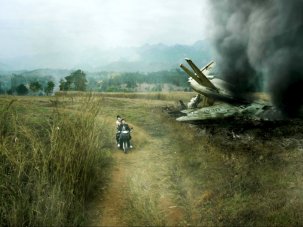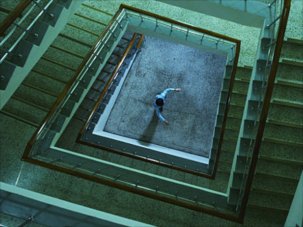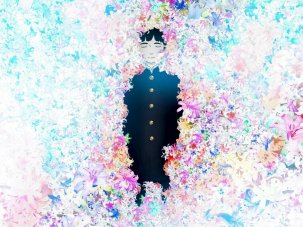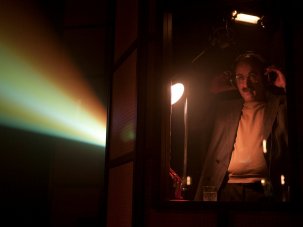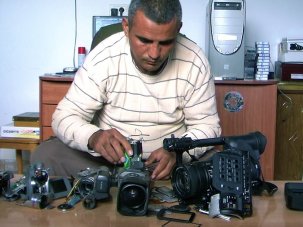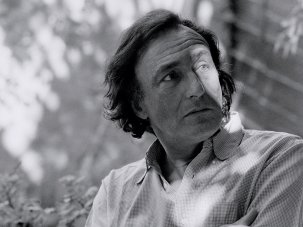The deserved festival success and global arthouse distribution Apichatpong Weerasethakul has achieved can’t help but have opened doors internationally for Thailand’s independent cinema. Best, perhaps, not to expect anything quite so singular to appear in his wake; yet the first two features by Nawapol Thamrongrattanarit are evidently strong enough to warrant attention in their own right. Whereas Weerasethakul’s work – such as Uncle Boonmee Who Can Recall His Past Lives – springs in part from a very personal mythology, Thamrongrattanarit instead finds something fresh and personal to say about the universal contemporary verities of digital media and associated devices.
36 is released in the UK on 6 June and is reviewed in the June 2014 issue of Sight & Sound.
Mary Is Happy, Mary Is Happy will follow in the autumn.
This 30-year-old writer-director initially made waves at Korea’s talent-spotting Busan Film Festival by taking the 2012 New Currents Award for his 68-minute debut featurette 36 – so titled because it employs three-dozen single-shot scenes to piece together a tale of romantic yearning prompted by a female photographer’s kaput portable hard drive, her only connection to a location scout she wants to get back in touch with.
Thamrongrattanarit’s day-job has been writing scripts for one of Thailand’s commercial studios, though the gently unfolding 36 could hardly be more different, balancing a playful formalism with a subtly melancholy tone.
More ambitious still, his second film Mary Is Happy, Mary Is Happy – supported by the Venice Biennale College – takes up the challenge of dramatising a real-life Twitter feed, whose 400-plus tweets appear on screen to punctuate a freewheeling, sometimes friskily daft, sometimes achingly poignant rites-of-passage tale as the eponymous final-year high-school student confides her hopes and fears online. Thankfully, both titles will see a UK release this year, and the filmmaker’s recent visit to London’s Pan-Asia Film Festival afforded an opportunity to catch up with him.

36 (2012)
Did the idea for 36 come from the sort of catastrophic data loss many of us experience at least once?
Actually, no. I was at the Berlin Film Festival in 2009 and saw a note on a hostel bulletin board saying, ‘Alex, I put my memory on the counter.’ Now you know they’re talking about a memory card or something like that, but it got me thinking about how we hold on to the past, and how much I could lose if one of the many hard drives I have at home had a problem. Photos I can never recover, video I can never reshoot. Will I remember everything?
Which is precisely the question the film asks: these days, is memory in the mind or do we need data to somehow ratify it?
The thing about snapping away on digital cameras is that each image is not something to be remembered. Go through your hard drive afterwards, and you’ll find all these pictures you never recall taking. And we don’t memorise them, because we know they’ll be on the memory card. That’s what’s different about memory today.
Your central character descends into a spiral of anxiety for that reason. It’s as if she doesn’t trust herself to remember the guy she now realises she’s fallen for?
People are afraid of losing the moment. Go to a concert these days and everyone’s shooting it on their phones. I tried it once and realised I was watching the gig through a tiny LCD screen. I might as well have been on YouTube. Obviously, we can’t remember everything, but I do think the best memories somehow stay with us, even if we don’t have the data to back it up.
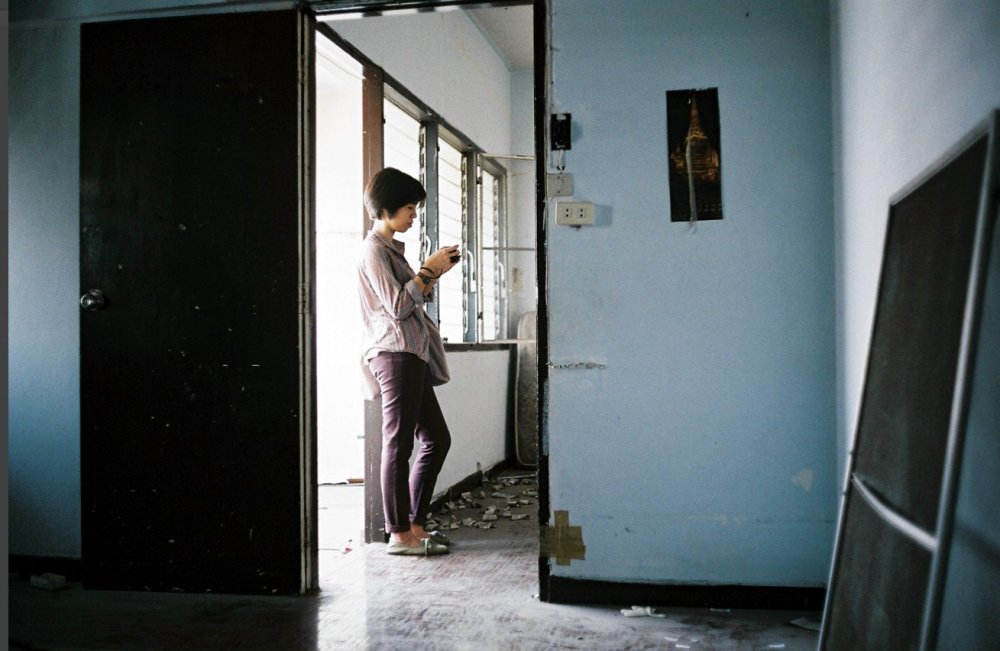
36 (2012)
How did you choose the film’s 36-shot form?
It was about recreating the feeling of getting an old roll of film back from the developer. You’d have all these individual pictures and somehow, you’d want to make a story which connected them. You’ve got pictures out of focus, maybe some badly framed, but in that imperfection you add your own personal feeling. I went to the locations, chose my 36 best pictures, and then we went back and shot the movie working from that photo-storyboard.
You also have that rigid structural device, within which you find something very personal to the character, in Mary Is Happy – how did you come up with the idea of filming a Twitter feed?
What interested me was the idea that when you read a tweet from somebody you create a version of that person in your mind, which will probably be very different from the reality. ‘Mary Malony’, whose tweets we used, is one of my followers [whom I chose] because I thought it would be easier to get permission. She’s a Thai girl, but she has this English username, and her profile reads ‘American singer’. What’s the reality there? So that’s perfect for the film.
Because you and the audience have to fill in the gaps?
Of course, and what was remarkable about her tweets is that she tweets what she thinks, not what she sees, unlike a lot of other girls her age. That gave me space to interpret, even though it was a challenge sometimes to work out what was going on.
I chose not to talk to her before writing the script, because in some ways the film had to reflect my subconscious too, while also seeming like it was a portrait of a teenage girl’s life, both her reality and her imagination. As the writer, I’m in control of Mary’s thoughts, yet I’m also being controlled by Mary’s tweets. That’s how I think about life, how we’re actually controlled by things we can see, and things we can’t. You can call it fate, but there’s no escape.
-
Sight & Sound: the June 2014 issue

Miyazaki Hayao takes flight with The Wind Rises, plus Jia Zhangke on A Touch of Sin, Amat Escalante on Heli, David Thomson on the cinema of World...
-
The Digital Edition and Archive quick link
Log in here to your digital edition and archive subscription, take a look at the packages on offer and buy a subscription.






